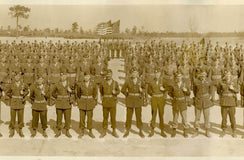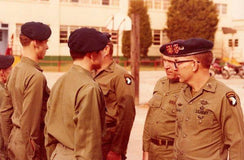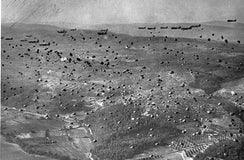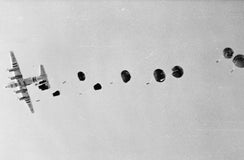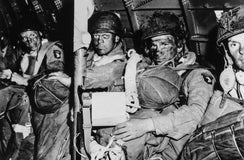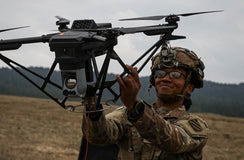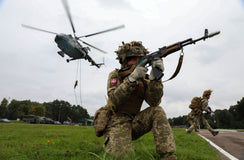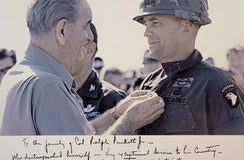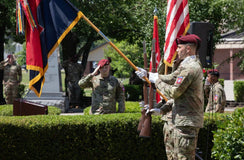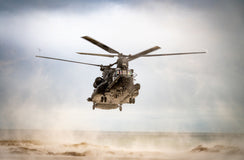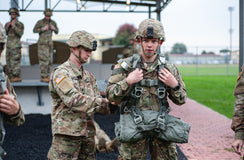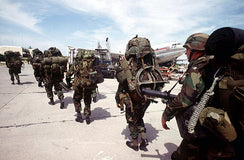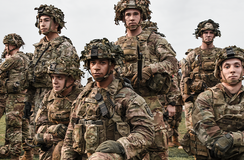The 503d PIR: The Path from Pioneer Paras to Legendary Combat Jumps
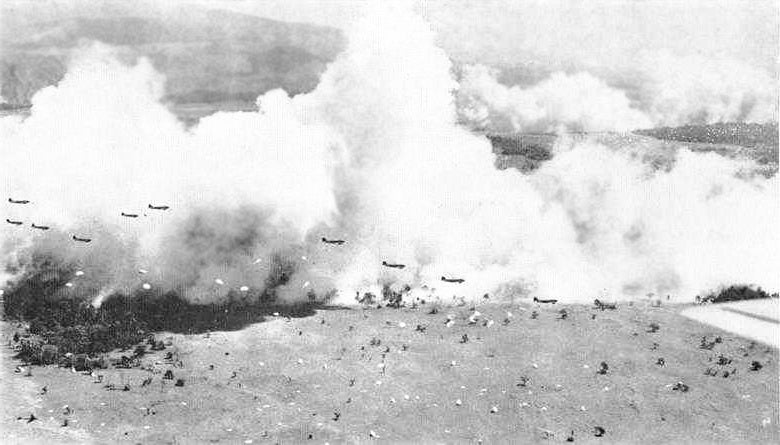
The 503d Parachute Infantry Regiment needs no formal introduction. It is one of the most decorated and overachieving units in the airborne world. It all started as the 503d Parachute Battalion in Fort Benning, Georgia, but they were in high demand, so they ended up in the Pacific during WWII. Eventually, they moved to Europe and still call it home. But how did they get here, and why is September 5 particularly special to them?
Let’s find out.
From Fort Benning to the Philippines
The core of the 503d Parachute Infantry Regiment came from the 503d Battalion, which was initially established in Fort Benning, Georgia, in 1941. 503d PIR was officially formed on March 2, 1942, then quickly moved to Fort Bragg. But the 503d took the road less traveled; instead of going to Europe like all the other units, they went to the Pacific.
Upon departure from POE San Francisco, they picked up their Second Battalion (formerly 501st Parachute Battalion) in the strategic Panama Canal.
Then, they had their first pause in Cairns, Australia, after an excruciating one-and-a-half months of navigating the Pacific seas. They would eventually end up in the Philippines, but before that, they would fight heroic battles in New Guinea. Later, during the war, two more units, the 161st Parachute Engineer Company and the 462d Parachute Artillery Battalion, would join the 503d and turn 503d PIR into a Combat Team.
Since then, the 503d has been stationed, deployed, and moved around so many times it is hard to keep track. This movement, in many continents and the most contested regions worldwide, has made the 503d mobile, agile, and always ready to fight day and night!
September 5, 1943: The historical landing in Nadzab
In 1943, the U.S. Army was fighting on multiple fronts around the world. Next, the War Department aimed at making gains against the Japanese in the Pacific. It was an Allied decision to get a foothold in New Guinea to establish a presence in the region and push out the enemy forces. They code-named it Operation Alamo, and this would mark the first airborne operation in the Pacific during WWII.
The historic jump occurred in Nadzab, on the Island of New Guinea, on September 5, 1943. As part of the jump of Operation Alamo, the Australian forces were represented by the 2/4th Field Regiment, led by the 503d Parachute Infantry Regiment. The jump in Markham Valley was a successful combat jump that would pave the way for the rest of the U.S. and Australian Forces to secure the airfield in Nadzab.
This would be a critical phase of the operation, paving the way for follow-on missions and operations. It led to the neutralization of Japanese forces and the control of New Guinea. Controlling this part of the Pacific would set up conditions for the subsequent defeat of the Japanese Empire. But the famous 503d PIR-led operation was much more than a tactical victory. Its more significant strategic impact was that it instilled confidence in airborne operations as part of the strategic campaign to defeat the Axis Powers. It was a 'pilot project' that would have a matchless contribution to the follow-on victories of the Allied Powers, leading to a historic triumph in WWII.
503d PIR is still courageously defending America and its allies around the globe; its resilience remains second to none. We'd expect nothing less; their legacy speaks for itself, and their readiness and can-do attitude guarantee triumph in any battle, day or night!


